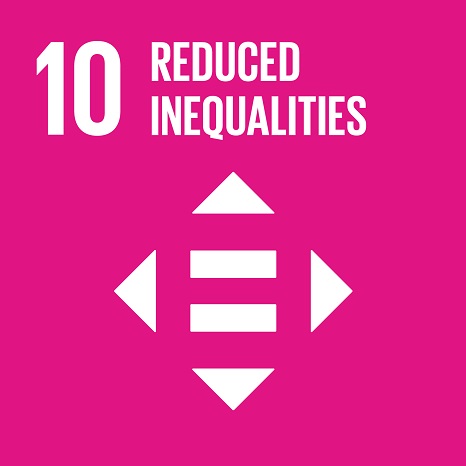Ciência_Iscte
Publications
Publication Detailed Description
Journal Title
Journal of Economic Issues
Year (definitive publication)
2017
Language
English
Country
United States of America
More Information
Web of Science®
Scopus
Google Scholar
This publication is not indexed in Overton
Abstract
We relate technological adoption (of different technologies) with income inequality. In the process, we discover that some technologies, such as aviation, cell phones, electric production, internet, telephone, and TV, are skill-complementary in raising inequality. We construct standardized indexes of skill-complementary technological adoption for modern information and communication technologies (ICT), older ICT, production and transport technologies. We find strong evidence that older ICT and transport technologies (and less frequently modern ICT) tend to increase inequality. Additionally, we discover that results are much stronger in rich countries than in poor ones. Our results are quite robust to a series of changes in specifications, estimators, samples, and measurement of technology adoption. These results may bring insights into the design of incentive schemes for technology adoption.
Acknowledgements
--
Keywords
Income inequality,Technological adoption
Fields of Science and Technology Classification
- Economics and Business - Social Sciences
Funding Records
| Funding Reference | Funding Entity |
|---|---|
| UID/GES/00315/2013 | Fundação para a Ciência e a Tecnologia |
Contributions to the Sustainable Development Goals of the United Nations
With the objective to increase the research activity directed towards the achievement of the United Nations 2030 Sustainable Development Goals, the possibility of associating scientific publications with the Sustainable Development Goals is now available in Ciência_Iscte. These are the Sustainable Development Goals identified by the author(s) for this publication. For more detailed information on the Sustainable Development Goals, click here.

 Português
Português



